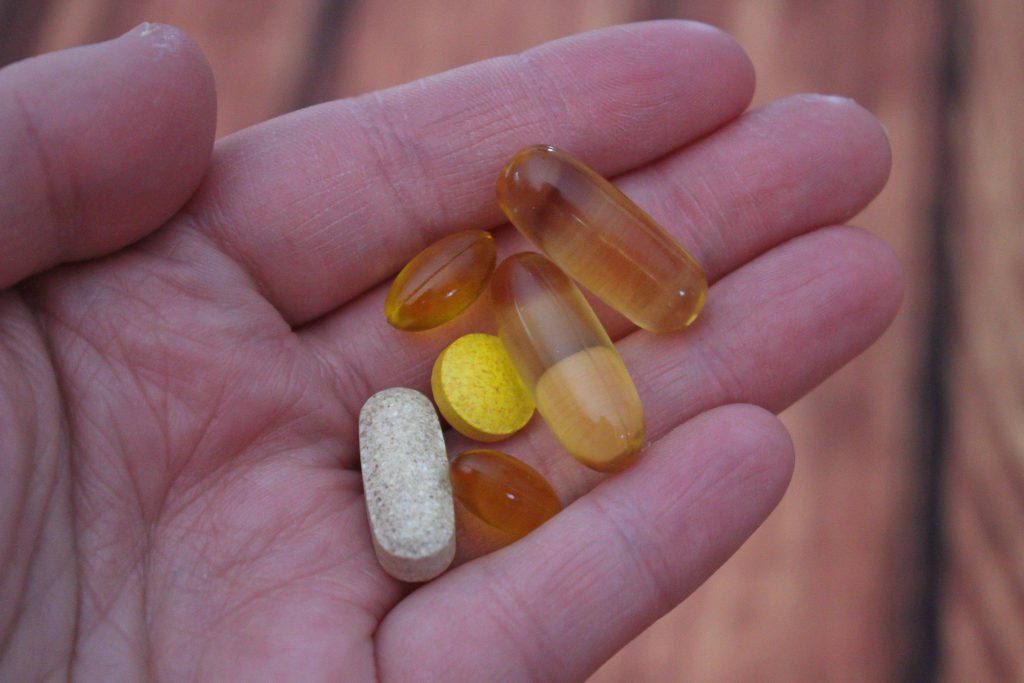
What Happened
A new study by Gardener, Bowen (of Clean Label Project), and Callan of 156 prenatal vitamins, 9 prescription prenatal supplements and 19 folate/folic acid supplements revealed disturbingly high levels of lead and—to a lesser extent—cadmium.
In the commercially available prenatal vitamins, lead was above the LOQ in tablets (N=56), capsules (N=45), caplets (N=5), and powders (N=5). All products were less than the LOQ for gummies (N=21) and soft gels (N=18).1[i] The study did not reveal the names of the products evaluated.
| Study Results | Commercially available prenatal vitamins | Prescription prenatal vitamins | Folic acid / folate supplements |
|---|---|---|---|
| No. of products tested | 156 | 9 | 19 |
Lead | |||
| Average | 79 ppb | 91 ppb | < LOQ |
| Maximum | 900 ppb | 2,380 ppb | 260 ppb |
| % < LOQ | 17% | 22% | 53% |
| No. > 0.5 µg/serving | 23 (15%) | 3 (33%) | None |
| Cadmium | |||
| Average | 45 ppb | 93 ppb | < LOQ |
| Maximum | 485 ppb | 203 ppb | 35 ppb |
| % < LOQ | 27% | 22% | 79% |
| No. > 4.1 µg/serving | None | None | None |
| µg = micrograms ppb = parts per billion = µg/kg LOQ = Limit of Quantification (varied from 5–19 ppb based on sample matrices) California Proposition 65 warning level is 0.5 ug/day for lead and 4.1 ug/day for cadmium | |||
Why it Matters
Prenatal lead exposure presents significant risks to both the pregnant person and the fetus. Even low level exposures are associated with subtle harms that can last a lifetime.
Until recently, prenatal vitamins were not considered a significant source of lead exposure. That changed in 2018 with a study of 26 products with additional studies of 6 products in 2023 and 9 products in 2021.
Those studies prompted California Senator Weber Pierson, a board-certified obstetrician/gynecologist in San Diego, to introduce SB 646 to require manufacturers to test each batch of prenatal vitamins they sell in the state for arsenic, cadmium, lead, and mercury. Starting January 1, 2027, the companies would be required to disclose the test results on their website and add a QR code to their label to make it easy for consumers to access the information.
This bill is similar to the approach successfully used for baby food in California’s AB 899 in 2023, with companies making the results publicly available for foods made in 2025. Unleaded Kids’ preliminary review of the data suggests that companies significantly reduced lead levels in their products in 2024 in anticipation of making the information publicly available. More to follow on this in later blogs.
The American Council of Obstetricians and Gynecologists District IX (ACOG), Environmental Working Group (EWG), and Unleaded Kids are sponsoring the legislation.
Our Take
With 184 products evaluated, the new study is sufficiently large enough to demonstrate that levels of lead in prenatal vitamins varied widely, ranging from 20% being less than the LOQ to a shocking high of 2,380 ppb in a prescription product. Cadmium levels also varied widely, though somewhat less so.
The wide variation of products with similar ingredients indicates that some manufacturers are carefully managing the supply chains for their ingredients to reduce lead and cadmium contamination while others may be doing little.
We need to drive lead and cadmium contamination down. With the tumult at the federal level, FDA cannot be expected to do much, especially with its flawed action level approach on lead in baby food focused on only the highest levels.
For that reason, states need to lead. Sen. Weber Pierson’s SB 646 is doing that by:
- Empowering pregnant people with sufficient information to make choices about the prenatal vitamins they buy; and
- Creating marketplace incentives for companies to compete for the lowest level of contamination.
- All products were < LOQ for liquids (N=4), liquid gels (N=1), and chews (N=1). ↩︎

2 thoughts on “Lead in Food: New Study Shows High Lead Levels in Prenatal Vitamins”
Is there a list of the specific items tested and their heavy metal levels?
Unfortunately, the article does not provide that information. Sb 646 passed unanimously out of the California Health Committee on Wednesday, April 2 giving us hope that the law will eventually provide the transparency we need.